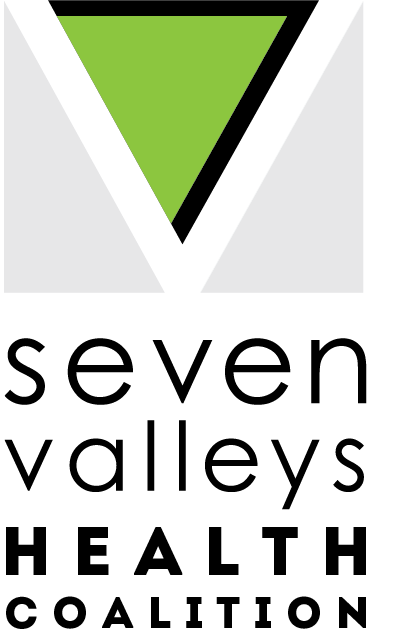Should I Toss This Food?
Should I Toss this food?
How do know if it is still good past a sell-by/best-by date? Many folks worry when they see an expiration date, best-by date, or sell-by date that has passed, is our food still good to consume? The United States Department of Agriculture states the answer is likely yes. Knowing if your food is still good helps to reduce food waste.
Date-Labeling
The Food Safety and Inspection Service says there is no uniform or universally accepted descriptions on food labels in the United States. This is part of the wide variety of labels used to describe the quality of food. Looking at their website gives a breakdown of the various dates.
Best if used by/before is the date that indicates when a product will be of best flavor or quality.
Sell-by date is how long a store can display a product for sale for inventory management.
Use-by date is the last recommended date for the product while at peak quality.
Freeze by date indicates when a product should be frozen to maintain peak quality.
Only the Use-by date is a safety date and only when used on infant formula.
Frozen Food Safety
Most items that are frozen remain safe indefinitely, however, the quality may change if it is left frozen for longer than recommended periods. Freezing foods help to preserve them longer. However, food that has been frozen and defrosted may taste different as some foods do not freeze well. The USDA gives some examples that do not freeze well, including lettuce, cream sauce, and mayonnaise. When freezing food, if it is constantly stored at the proper temperature, it will be safe to consume. When food is frozen, it slows the movement of molecules preventing the growth of micro-organisms that cause food to soil and cause foodborne illness. That is why it is important to maintain the proper temperature when freezing items. Learn more about freezing periods here.
What about pantry items?
The USDA states most shelf-stable foods are safe indefinitely. However, we see some food like cereal, pasta, or cookies may become stale or develop a change in flavor.
How do I know if a product is safe?
Meat, dairy, and eggs have a shorter shelf life than grains, dried and canned foods. Foods which are no longer good can develop mold, yeast, or bacteria making them unsafe to eat. Food that is no longer safe to consume may have a different color, smell, or texture. Consumer reports recommends trusting your senses here.
Do not use a product if there is:
Damage along the seams of canned items
Dirt under the pull tab on the pop-top lid
Rust that will not rub off
Bulging safety seal
Evidence of mold or contamination
Rips or tears in the packaging of bagged items
Evidence of Spills or stains on the packs
Leaks or cracks
Want helpful information on food safety and storage advice at your fingertips? Download the FoodKeeper Mobile App. https://www.fmi.org/industry-topics/corporate-social-responsibility/food-keeper-food-storage-database As we work towards a society that is reducing food waste, it is important for us to be aware of these differences. Dates are applied to food for quality not safety. However, it is important that regardless of the date on the label, consumers evaluate the quality of the food product prior to consumption. If something appears off in smell, texture, or color, discard the food. No one wants to mess with food poisoning!


